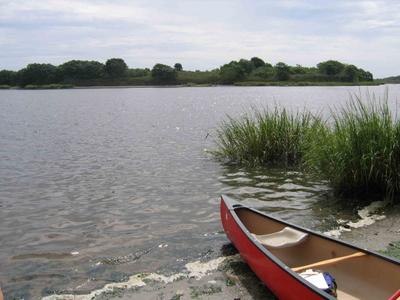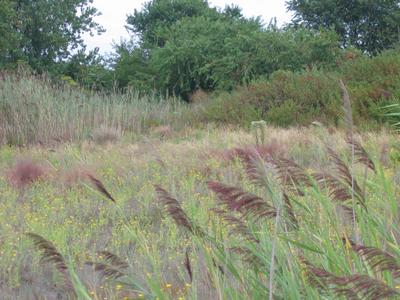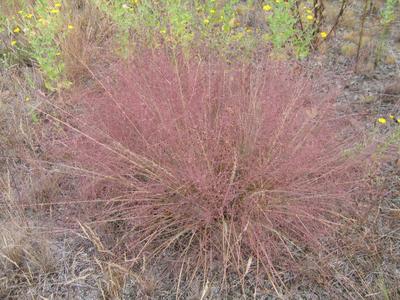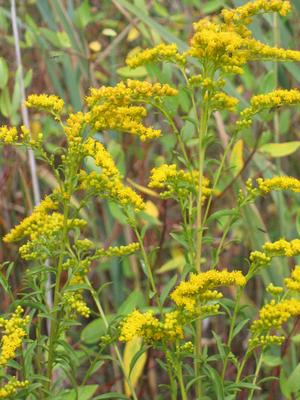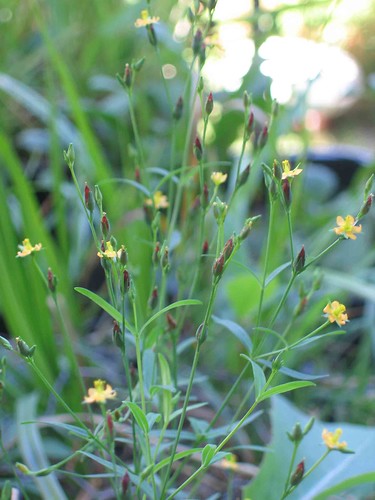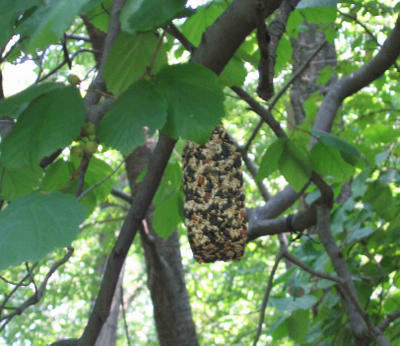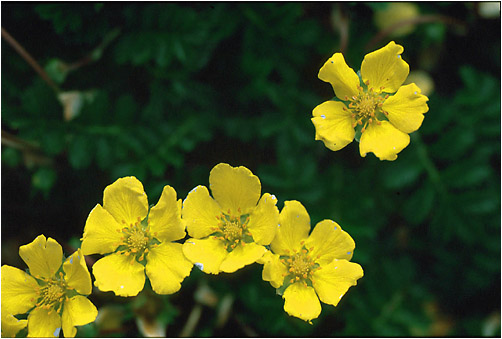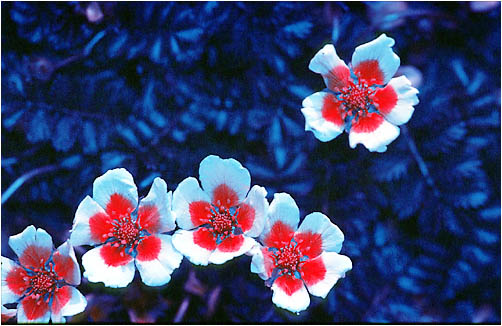Nature's Revenge
Editorial from today's New York Times
The damage caused by a hurricane like Katrina is almost always called a natural disaster. But it is also unnatural, in the sense that much of it is self-inflicted. New Orleans is no exception, and while the city has been spared a direct hit from the storm, its politicians and planners must rethink the bad policies that contributed to the city's vulnerability.
An immediate priority is for the Senate to restore some $70 million that the House, in a singular act of poor timing, slashed from the Army Corps of Engineers' budget for the New Orleans district. The cuts could hurt the corps' ability to rebuild levees protecting the city. Meanwhile, the city itself must attend to a pumping system that is much in need of upgrading.
At the same time, there must also be an honest recognition of the fact that no amount of engineering - levees, sea walls, pumping systems, satellite tracking systems - can fully bring nature to heel. Indeed, the evidence is indisputable that systematic levee-building along the Mississippi upstream of New Orleans has blocked much of the natural flow of silt into the delta. That, in turn, has caused the delta to subside and made the city and its environs even more vulnerable to the waters of the Gulf of Mexico, which itself has been rising.
Upstream levee-building has also had the effect of turning a sluggish river into a fire hose, helping to destroy marshes and barrier islands that once provided some protection. The steady destruction of coastal wetlands by residential development and years of oil and gas drilling hasn't helped much either. The combination of subsiding land and rising seas has put the Mississippi Delta about three feet lower than it was 100 years ago.
All this, in turn, lends urgency to plans proposed by Louisiana politicians to restore natural hurricane protections by diverting water and silt from the river to coastal marshes and wetlands, and by rebuilding barrier islands. The effort is expected to take more than 40 years and cost an estimated $14 billion, substantially more than the $8 billion Everglades restoration project.
The administration budgeted $20 million for the project this year, mainly for the necessary planning studies. A lot more than that is going to be needed. New Orleans must learn to take care of nature if it hopes to survive it.
